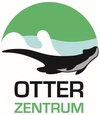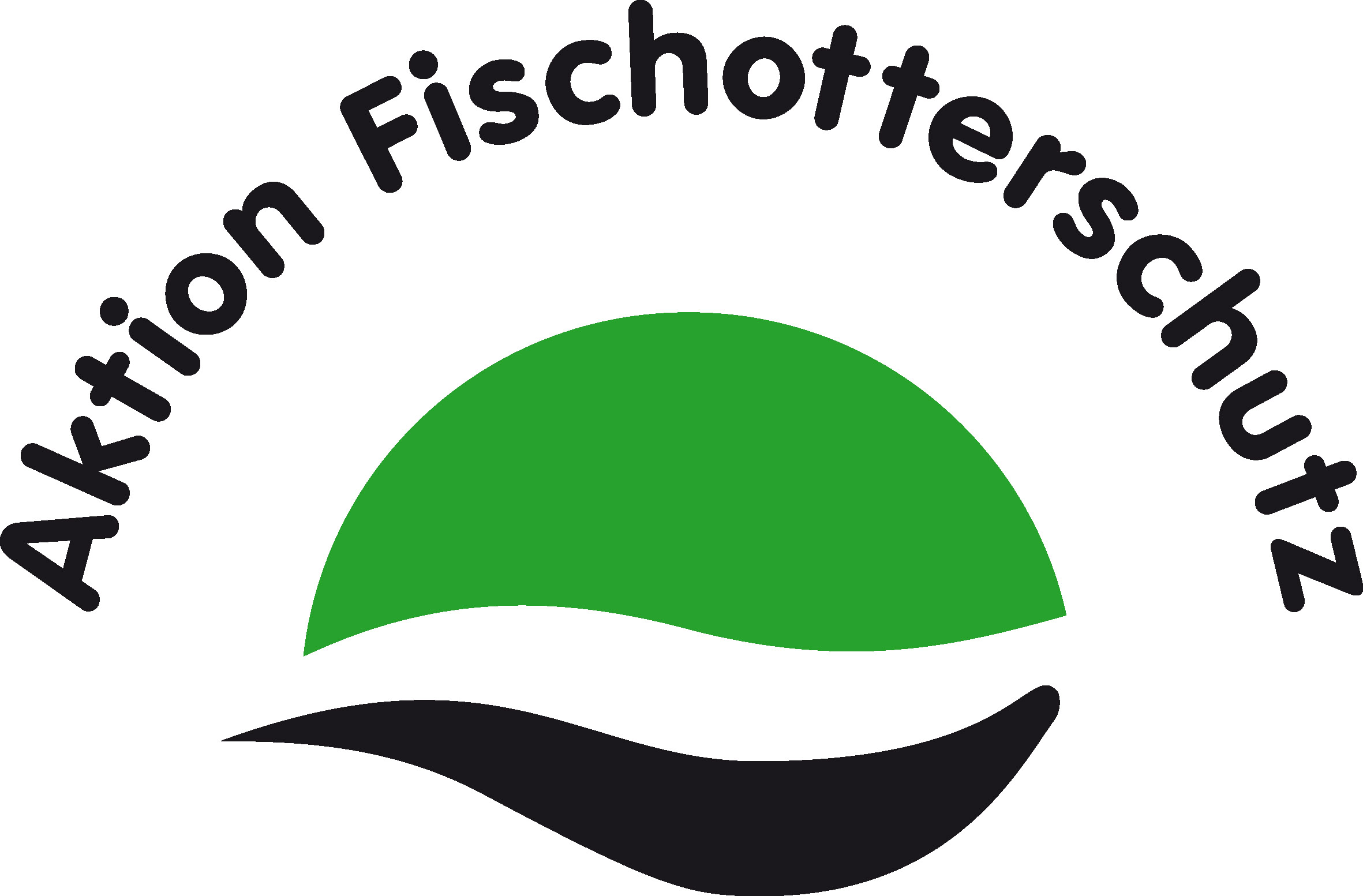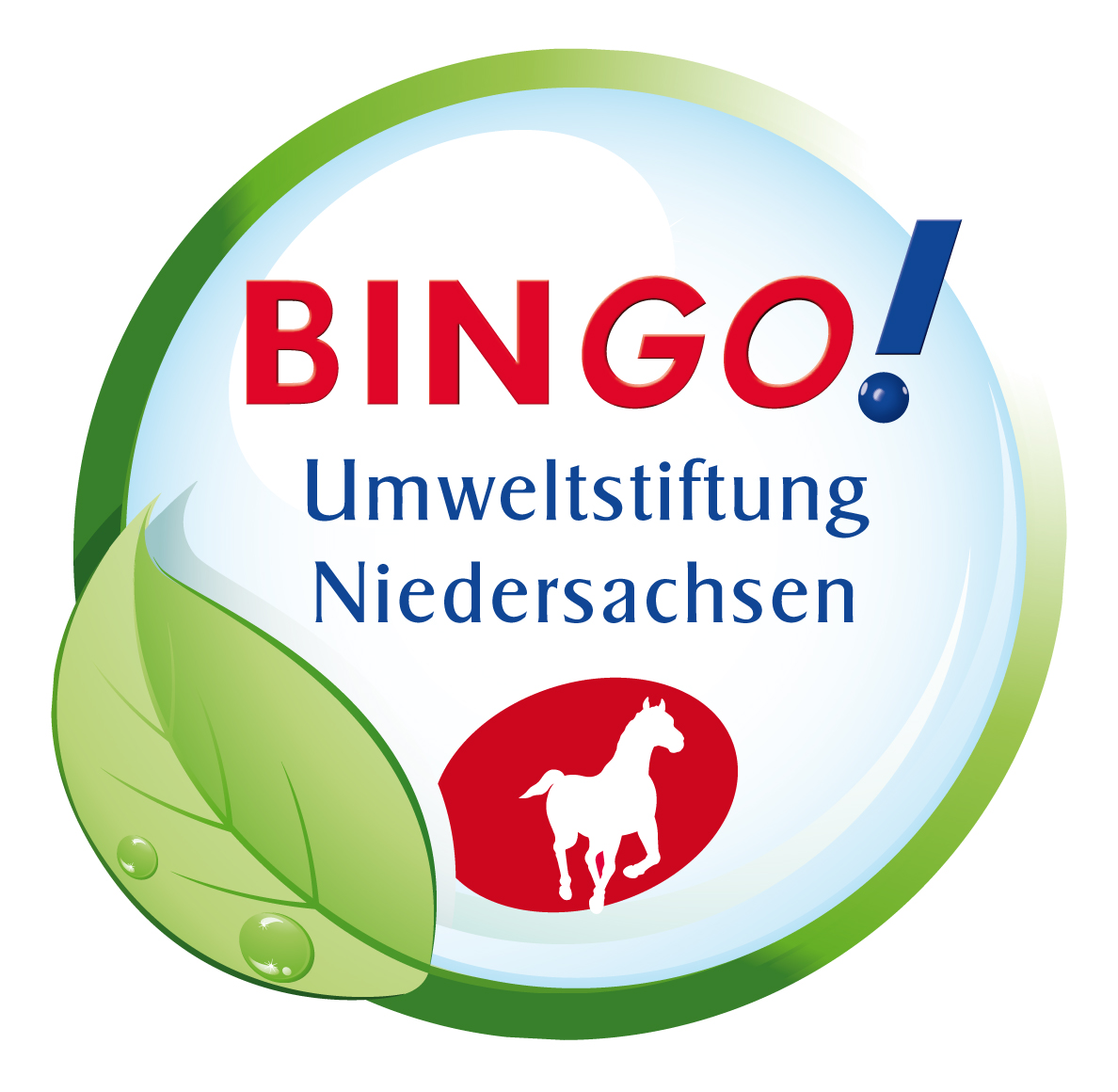For over fifteen years, the otter conservation organisation Aktion Fischotterschutz e. V. has been continuously collecting data on otter distribution. The evidence is collected from systematic surveys, random sampling and the collection of deceased otters. Furthermore, a network of volunteers for data collection has been established. The volunteers are trained at periodic seminars and are essential contributers to the successful collection of data. Government agencies and institutes also request collected data, and Aktion Fischotterschutz e. V. works closely with the Lower Saxony State Department for conservation (NLWKN) and other regional authorities.
Spatial distribution data is processed in a structured database and visualised as maps in a geographic information system (GIS). They form the foundation for strategies used in scientific evaluations and surveys, as well as for measures to protect the species. The intensive collection, systematic analysis, and continual acquisition of data for Eurasian otters is unique to any other mammal in Germany.
As the numbers of volunteers in conservation are generally declining, it is important to make activities attractive, innovative and user-friendly to increase motivation and number of volunteers. By providing the appropriate tools to support effective digital data collection and data transfer, the amount of available data will significantly increase. In light of the recent movement “Citizen Science”, access to the internet and the use of smartphones provide opportunities to significantly increase and expand the long-standing tradition of voluntary data collection.
Therefore, Aktion Fischotterschutz e. V. changed their otter data collection system from a laborious form, filled out by hand, to an online data input system through the OTTER SPOTTER website. OTTER SPOTTER was created by means of the conservation trust Niedersächsische Bingo-Umweltstiftung.
Technical implementation: IP SYSCON GmbH









